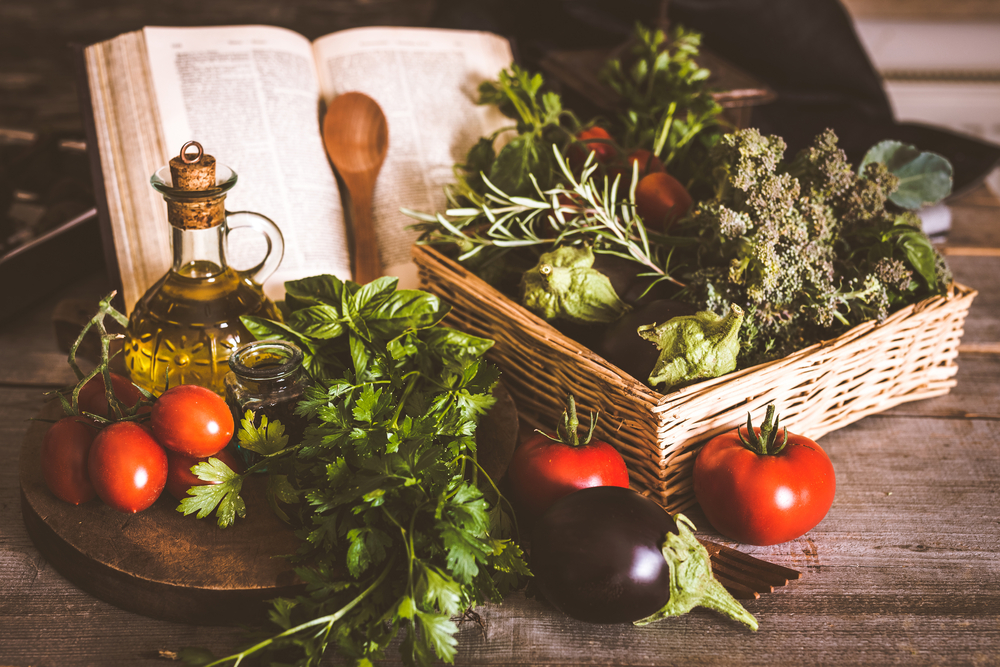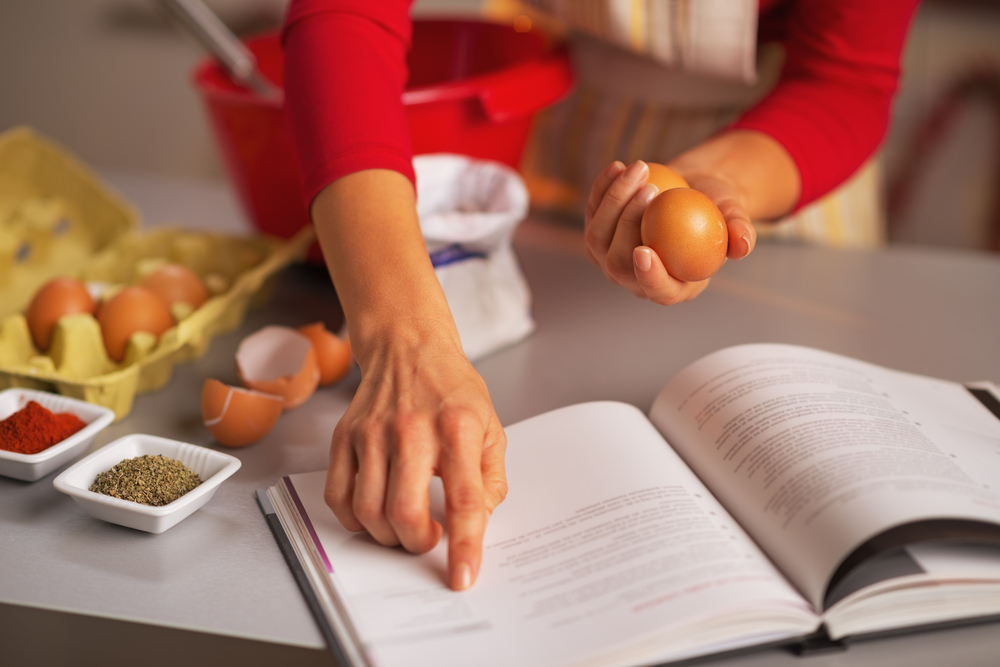Writing For Your Audience: Cookbooks
When you’re creating a cookbook you must keep in mind: you’re not just getting into your reader’s heads, you’re also getting into their bellies. Since you’re creating something not only for your audience to read but also to consume, it’s especially important to keep in mind who your readers are. Are you trying to feed college kids looking for affordable recipes that require fewer cooking tools? Are you trying to feed mom’s on the go looking for a quick bite? Are you trying to feed culinary experts who have a more refined pallet? Lettuce take a look at how to write for a cookbook audience.

1) Choose your audience
As we examined previously, one of the first steps to writing a cookbook is choosing your theme. Cookbook writers make the mistake of trying to make their cookbook as ‘general’ or easily accessible to anyone as possible. The problem with this method is a cookbook that is for ‘everyone’ is just going to get lost in the mix. A famous chef could pull off a more general theme because they already have name recognition, but generally readers in this genre are looking for cookbooks that match with specific needs they have. Maybe they’re a vegan but they’re looking for less complex quick recipes or they’re a Mom looking for some date night dishes that feel fancy but don’t take too much time. Cornering the market on more specific needs may feel like it’s limiting your audience, but it’s actually assuring that you gain a loyal following.
2) Skill Level
The next aspect to consider when writing your cookbook is your reader’s skill level. Do you want to make a cookbook for master chefs who want to challenge themselves? Or perhaps a book for people wanting to teach themselves how to cook from the… oven up? Putting yourself in the minds of your readers is a very important step in creating a cookbook that is a perfect match for your target audience. If you’d like to include recipes for an array of cooking skill levels you can, but keep in mind it may be helpful to break these up into sections in the table of contents. This way when a reader opens your book, they can flip right to the recipes they can handle.

3) Shopping
Another important thing to keep in mind when considering your audience is where they’ll be shopping. Some cookbook recipes are more regional, looking to attempt to bring recipes from the south all across the country or something of the like. If you’re attempting a cookbook like this, you’ll need to keep in mind that people in other states or other parts of the world may be shopping at entirely different stores than you do. This means there may be some specific ingredients that will be more difficult to find for them than it would be for you locally. So, as you’re writing, it’s important to research the ingredients you’re including and, if need be, including possible substitutes for that ingredient if it will be difficult to find in other areas of the world.
4) Budget
Money, money, money, must be…. yummy? Not quite, but budget is important to consider as well. If you’re writing a book of recipes that happen to be super simple with inexpensive ingredients, taking ‘on a budget’ onto your title will definitely draw more readers to your work. If your recipes are more complex and could be expensive, it may be helpful to consider adding little footnotes giving people who are on a budget tips on how to find less expensive versions of certain ingredients. This will end up making your recipes accessible for both readers who want something more high-end and something more budget-conscious.

5) Time
Finally, when putting yourself in the minds of your food fanatics, consider their time. How much time will they need to set aside to cook these recipes? An hour? Two hours? If your recipes tend to take longer, who will have time to cook longer recipes each day? Stay-at-home parents? Retirees? Considering the time needed for recipes could simply allow you to narrow down a possible target audience to tack onto your book title. Quick Recipes for Moms on the Go, A Stay-at-Home Parent’s Guide to Nutrition-Packed Meals– narrowing down the target audience using time will allow your book to pop up in those specific searches.
If you’d like to allow your book to be more accessible to people with varying degrees of cooking time, consider adding longer or shorter recipes to give your readers an array of options. Similarly to the skill level, this could be another manner to arrange your recipes in your table of contents. This way, your readers can easily flip to a recipe they have time for instead of having to spend an hour flipping through your book that they could’ve spent cooking their new favorite meal.
